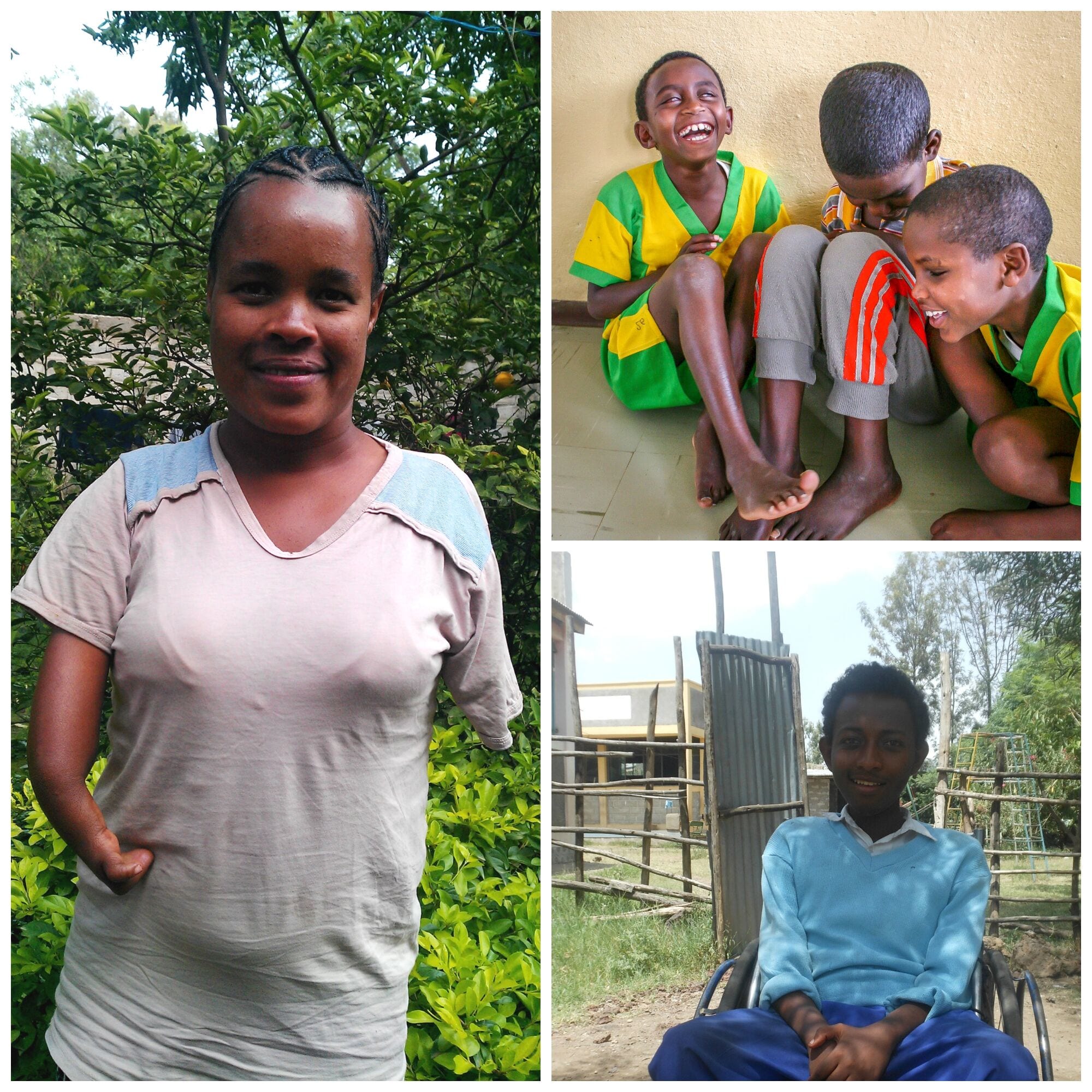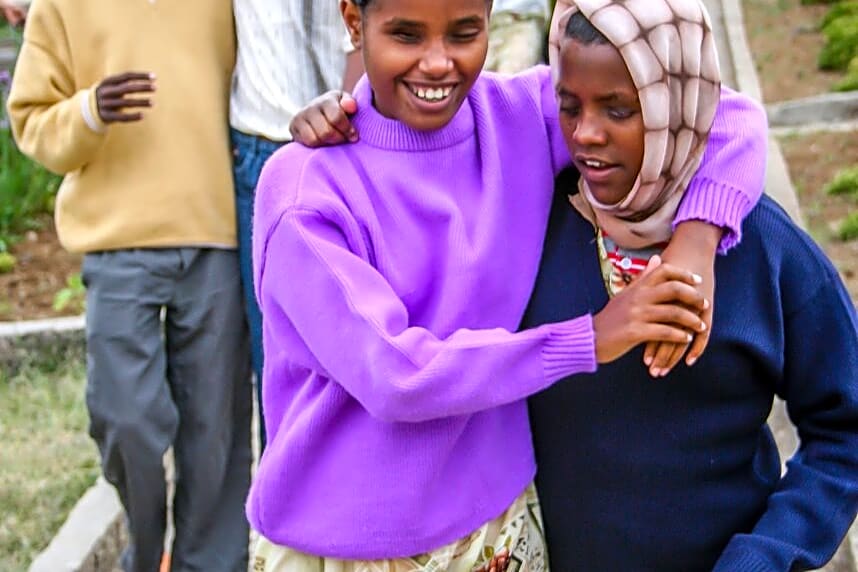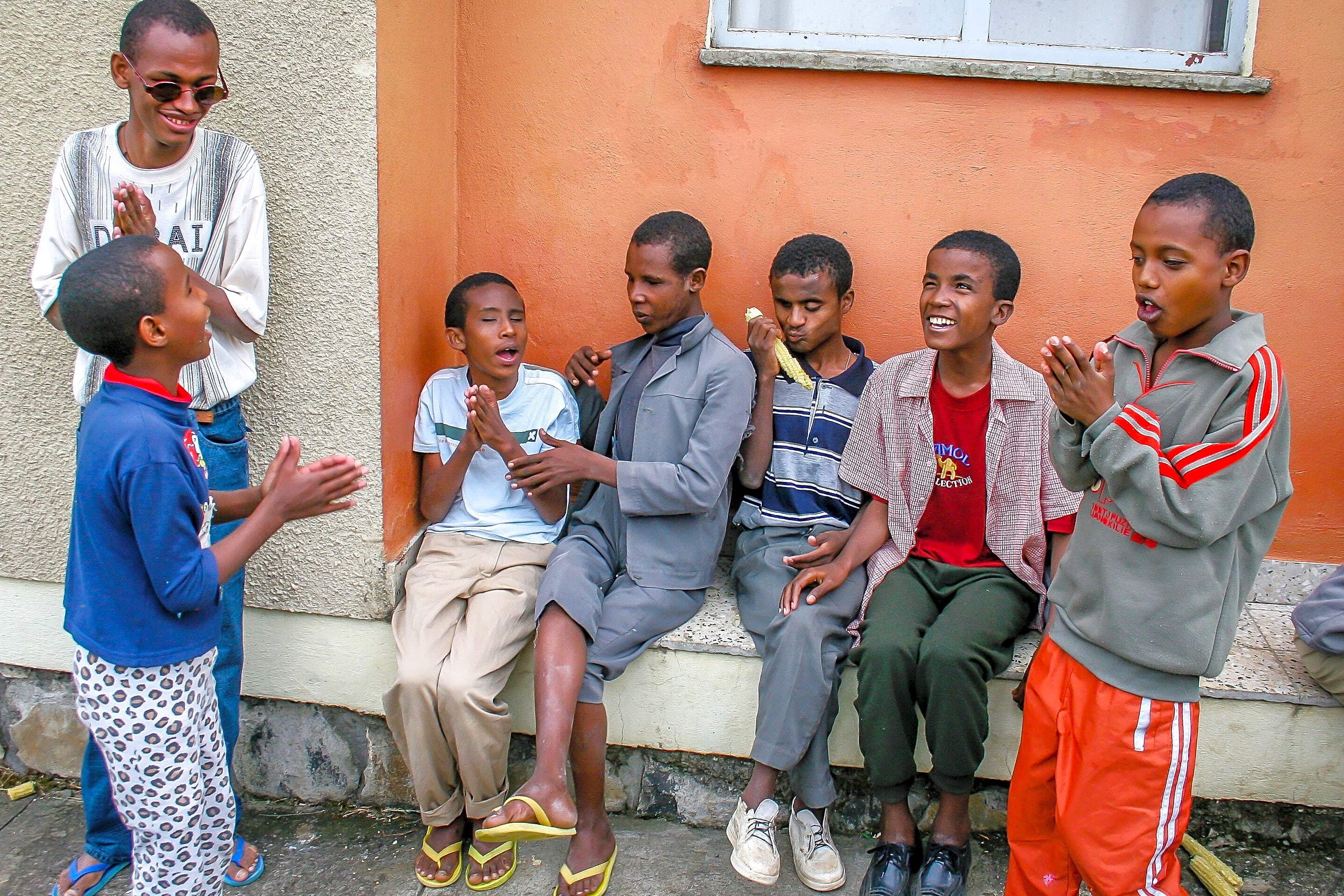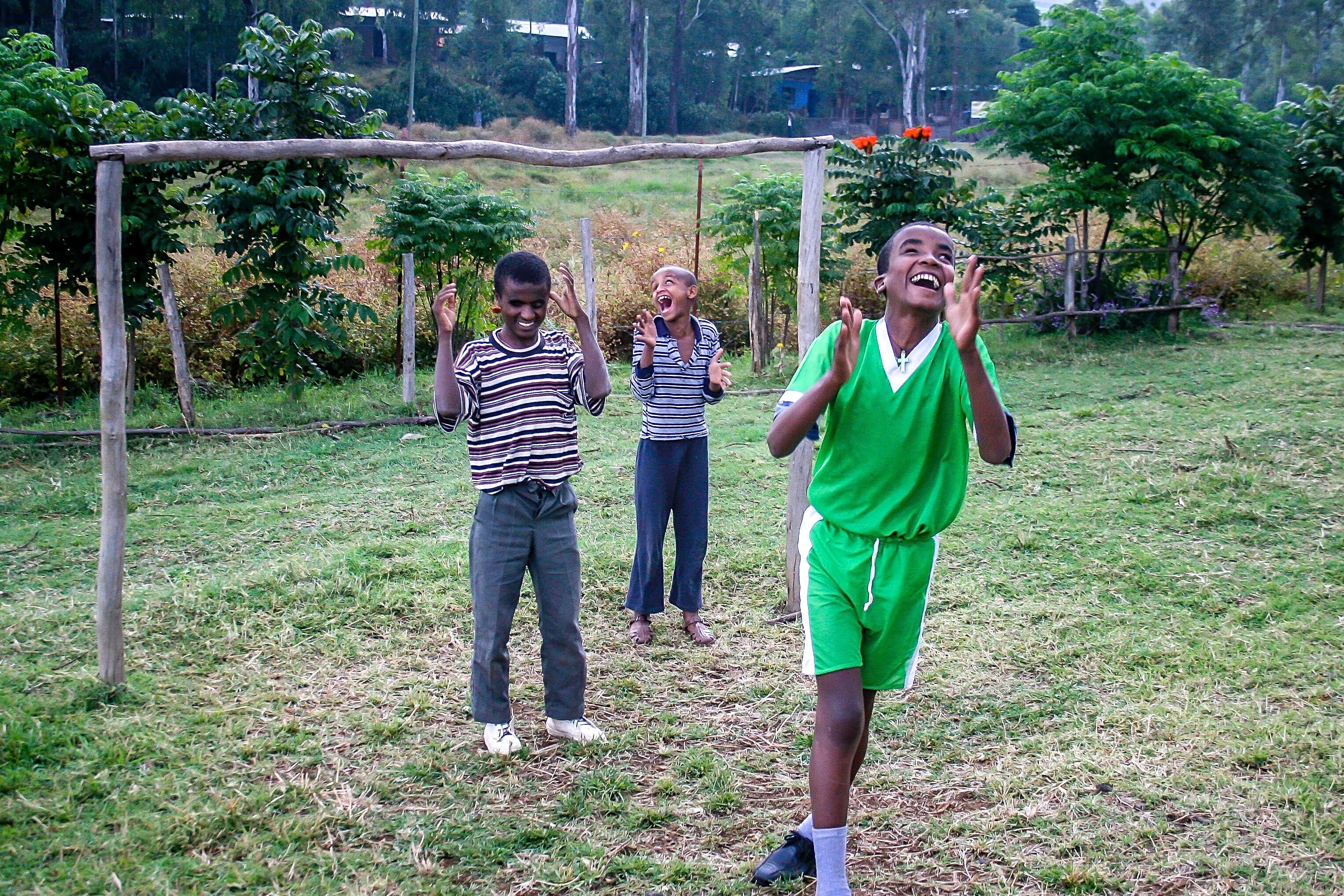In Ethiopia children with disabilities face many barriers and challenges to accessing a quality education. Yet when children learn together and grow together everyone benefits. The benefits of inclusive education now are widely recognised, but despite appetite for change, much progress remains to be made.
Teachers often lack the resources, techniques and skills to identify and include children with disabilities. Schools may not have the infrastructure to support the inclusion of children with disabilities, and families of disabled children may not have the means to send all their children to school. Children with disabilities can face additional challenges such as being from a poor background, living in a rural location, and not having their right to education recognised on account of their gender.

Only
4%
of schoolchildren with disabilities in Ethiopia are currently enrolled in school.1
Barriers to Education
Accessibility
For students who have a disability, there are a number of ways that accessibility can become a barrier to their education. This includes the issue of transport from the home to the school. At school there are a number of possible barriers as well, including access in and around the school buildings and facilities. Other issues of accessibility include the adaptation of learning materials for those with learning or intellectual disabilities, as well as training teachers to be able to effectively communicate and teach their students regardless of what level of disability they may have.


Identification
A problem that comes from the stigma surrounding disability is the low diagnosis rates of disabilities in children. The cultural and social stigmas that attach to disabilities mean that families are reluctant to have their children diagnosed. This is especially prevalent for learning and mental disabilities since it is easier to miss that there may be something to diagnose. This means that even with a school’s limited resources, some children are not being provided for as it can be difficult to accommodate the needs of the children without knowing what needs to be accommodated for.
Stigma
School children with disabilities come up against a host of stigmas. This includes the fact that mental and intellectual disabilities are more heavily stigmatized than physical disabilities. This presence of stigma also means that when disabled children drop out of school it is because around 10% of them believe they cannot be taught2. In addition to this, the stigma around disabilities means that sometimes schools exclude children from participation, whether intentionally or only accidentally by not having the proper measures in place.

1Percentage estimated from UNICEF (1, 2) and Ministry of Education Statistics.
2 “Children with disabilities in Ethiopia: The hidden reality.” The African Child Policy Forum. The African Child Policy Forum, 2011, Addis Ababa. p.34
Donate
If you would like to donate specifically to any of these projects then please click here and send an email to [email protected] to let us know that this is the project you want to support.
